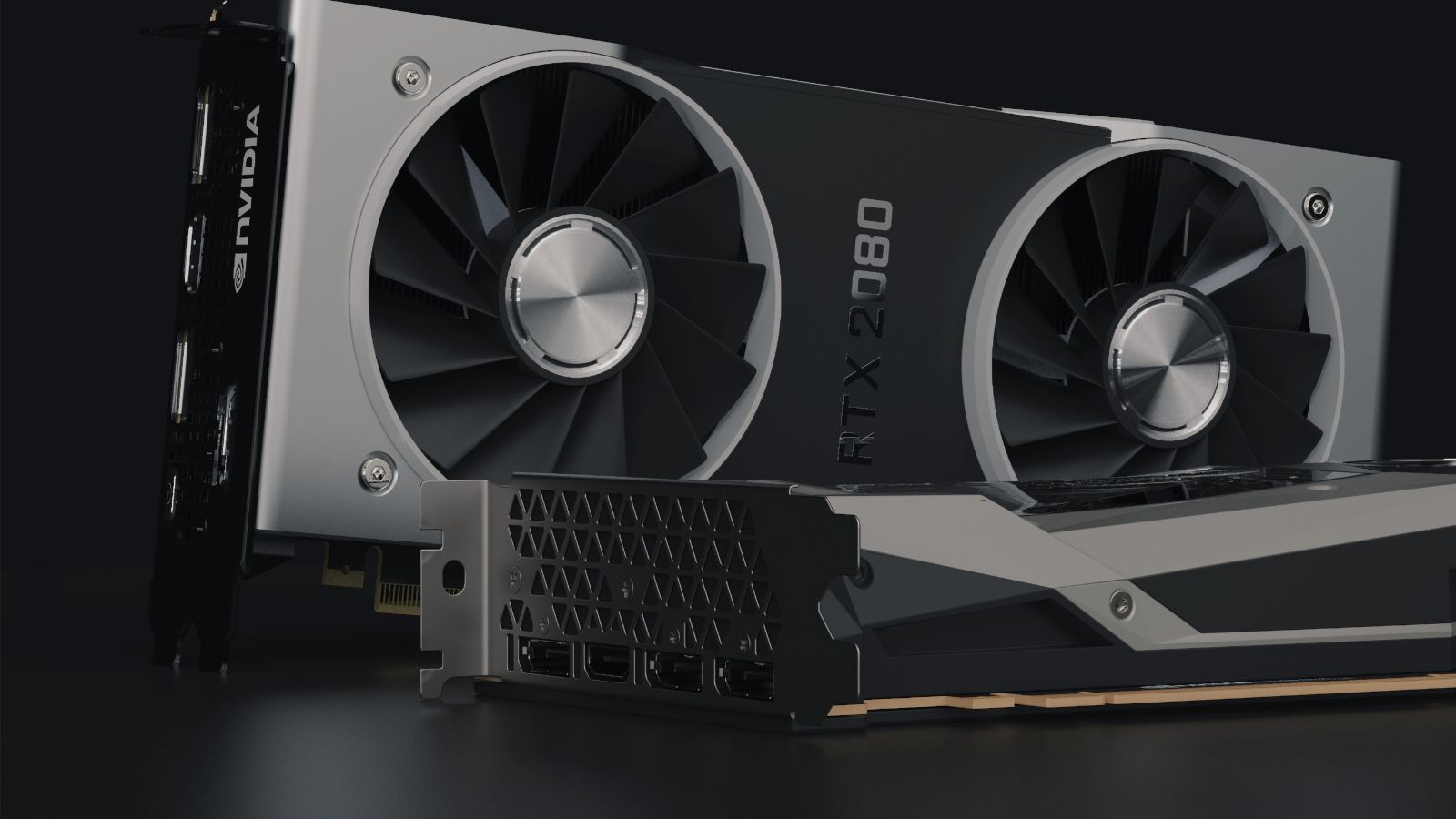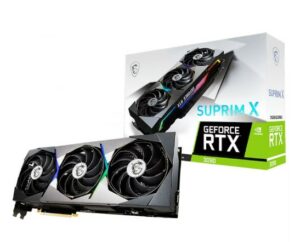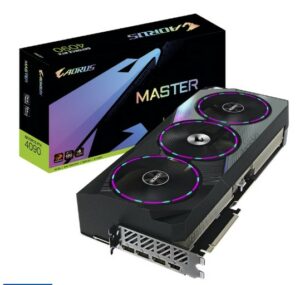An NVIDIA RTX 30 or 40 Series? That is the question.
With so many great advancements in PC hardware over the last few months, you may be left wondering if it’s time for you to start thinking about upgrading, specifically your graphics card. You may be torn between the two generations, or perhaps you just aren’t ready to give up your beloved RTX 30 Series.
Whatever the case, to help you decide, we’ve highlighted the key differences between the NVIDIA RTX 30 and 40 Series graphics cards.
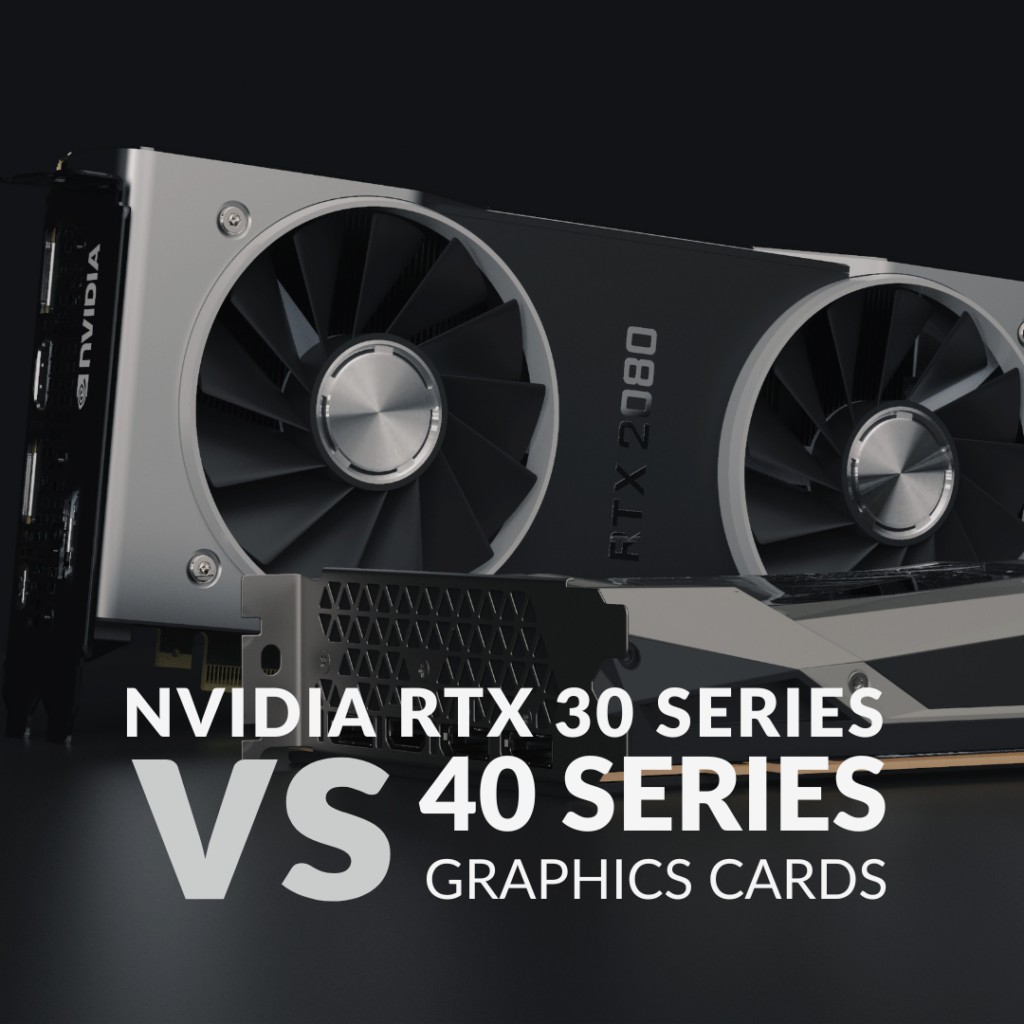
NVIDIA RTX 30 Series
Released way back in 2020, the NVIDIA RTX 30 Series was built utilising Ampere architecture. Packing in 54 billion transistors, Ampere boasts fast speeds, smooth frame rates, and mind-blowing realistic visuals thanks to its built-in RT and Tensor cores.
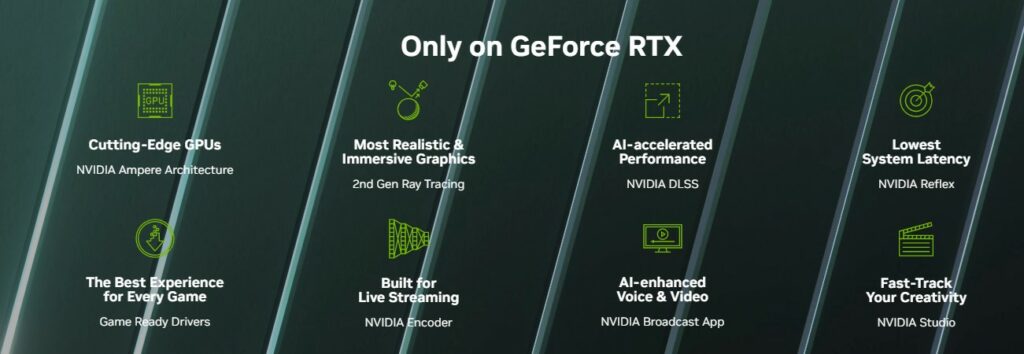
Utilising support for both advanced DLSS and Real-Time Ray Tracing, these graphics cards deliver immersive visuals, with realistic lighting and shadows, along with ultra-smooth frame rates for an optimised gaming experience.
RTX 30 Series Graphics Cards:
The NVIDIA RTX 30 Series consists of five GPUs including:
Please be advised, however, there is limited availability on some of the models.

If you’re on the fence about whether or not an RTX 30 Series GPU is the right card for you, then check out our dedicated guide.
NVIDIA RTX 40 Series
The NVIDIA RTX 40 Series expands on its predecessor and has been engineered with cutting-edge Ada Lovelace architecture.
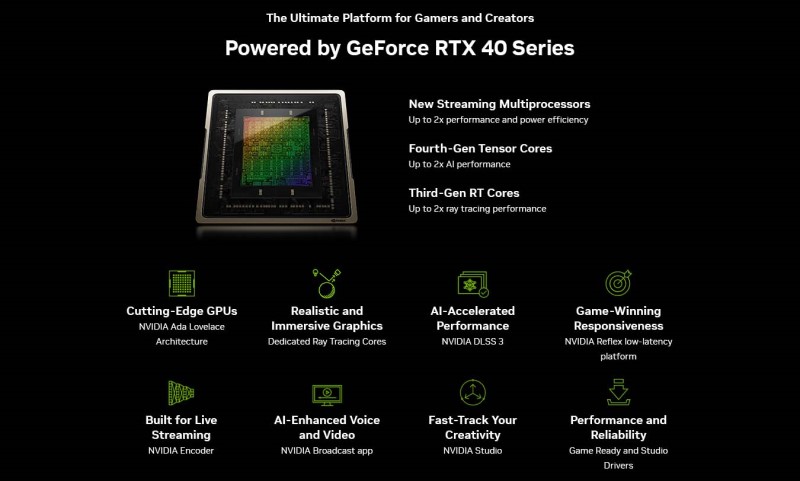
Designed to deliver exceptional performance in gaming and content creation, these GPUs have been built utilising a custom TSMC 4n process and with up to 76 billion transistors.
Crafted with fans of AAA games and creators in mind, this generation of GPU features third-gen RT and fourth-gen Tensor cores, for enhanced AI and Ray Tracing capabilities. Unlock smooth, crystal-clear visuals with mind-blowing immersive touches, such as realistic lighting and shadows.
RTX 40 Series Graphics Cards:
Currently, in the RTX 40 Series, you can find the following desktop GPUs:
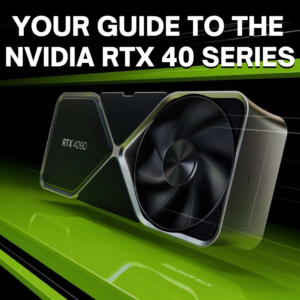
For a complete, in-depth look at the RTX 40 Series, be sure to take a look at our ultimate RTX 40 Series guide!
So… What’s the Difference?
The two tables down below compare the base specification of each GPU in the RTX 30 and 40 Series.
| Architecture | CUDA Cores | Base Clock (GHz) | Boost Clock (GHz) | RT cores | Tensor cores | GDDR6 | Memory-Bus | TDP | |
|---|---|---|---|---|---|---|---|---|---|
| RTX 3060 | Ampere | 3584 | 1.32 | 1.78 | 2nd gen | 3rd gen | 12GB | 192 / 128-bit | 170W |
| RTX 3060 Ti | Ampere | 4864 | 1.41 | 1.67 | 2nd gen | 3rd gen | 8GB | 256-bit | 200W |
| RTX 3070 | Ampere | 5888 | 1.50 | 1.73 | 2nd gen | 3rd gen | 8GB | 256-bit | 220W |
| RTX 3080 | Ampere | 8960 / 8704 | 1.37 | 1.67 | 2nd gen | 3rd gen | 12GB | 384 / 320-bit | 350W |
| RTX 3090 | Ampere | 10496 | 1.40 | 1.70 | 2nd gen | 3rd gen | 24GB | 384-bit | 350W |
| Architecture | CUDA Cores | Base Clock (GHz) | Boost Clock (GHz) | RT Cores | Tensor Cores | GDDR6 | Memory-Bus | TDP | |
|---|---|---|---|---|---|---|---|---|---|
| RTX 4060 Ti | Ada Lovelace | 4352 | 2.31 | 2.54 | 3rd gen | 4th gen | 8GB | 128-bit | 160W |
| RTX 4070 | Ada Lovelace | 5888 | 1.92 | 2.48 | 3rd gen | 4th gen | 12GB | 192-bit | 200W |
| RTX 4070 Super | Ada Lovelace | 7168 | 1.98 | 2.48 | 3rd gen | 4th gen | 12GB | 192-bit | 220W |
| RTX 4070 Ti | Ada Lovelace | 7680 | 2.31 | 2.61 | 3rd gen | 4th gen | 12GB | 192-bit | 285W |
| RTX 4070 Ti Super | Ada Lovelace | 8448 | 2.34 | 2.61 | 3rd gen | 4th gen | 16GB | 256-bit | 285W |
| RTX 4080 | Ada Lovelace | 9728 | 2.21 | 2.25 | 3rd gen | 4th gen | 16GB | 256-bit | 320W |
| RTX 4080 Super | Ada Lovelace | 10240 | 2.21 | 2.55 | 3rd gen | 4th gen | 16GB | 256-bit | 320W |
| RTX 4090 | Ada Lovelace | 16384 | 2.23 | 2.52 | 3rd gen | 4th gen | 24GB | 384-bit | 450W |
To highlight the key differences between these generations, we’ll be focusing on the RTX 3090 and 4090. Both of these GPUs are the flagship cards in their series. Aimed primarily at enthusiasts and content creators who require powerful performance with ultra-fast speeds.
RTX 3090:
The RTX 3090 has been built with NVIDIA’s Ampere architecture and comes fully equipped with up to 10496 CUDA cores, up to 24GB of GDDR6 video memory, and a boosted clock speed of 1.70GHz. These combined result in seamless, fast performance in gaming and streaming alike.
Armed with second-gen RT and third-gen Tensor cores, this GPU features built-in support for a range of cutting-edge features, designed to enhance your gaming experience. This includes DLSS and Real-Time Ray Tracing. You can sit back, escape into your favourite gaming worlds, and immere yourself in the fast, nail-biting gaming action.
RTX 4090:
In comparison, the RTX 4090 boasts a notable increase in CUDA cores, performance, and power demands. Utilising the cutting-edge Ada Lovelace architecture, this GPU is armed with up to 16385 CUDA cores, a whopping 5,889 upgrade! This ensures blisteringly-fast speeds and silky-smooth frame rates, even at up to 4K resolutions. A must-have for AAA gaming!
Boosting your gaming experience one step further is the latest generation of RT and Tensor cores. Enjoy better, more hyper-realistic lighting and shadows, along with enhanced AI capabilities.
Plus, with 24GB of GDDR6 video memory and double the amount of FP32 of the RTX 30 Series, the RTX 4090 is the ideal choice for streamers and content creators looking for an upgrade that is sure to wow both themselves and their audience.
However, unlike the RTX 3090, the 4090 has a hefty TDP of 450W. To keep up with its cooling demands, it comes equipped with a large integrated heatsink. This has increased the overall size and thickness of the GPU, measuring at least 304mm in length.
What’s more, to ensure there is a steady and reliable flow of power, we recommend that you pair your RTX 4090 with an ATX 3.0 PSU. These brand-new power supplies have been fine-tuned to effectively handle the power demands of these graphics cards, thanks to the new 12VHPWR cable.

You can read more about ATX 3.0 power supplies in our dedicated blog article.
In the Mood to Upgrade?
If you are in the mood to upgrade your graphics card to a brand-new shiny NVIDIA RTX 40 Series, then you’re in luck!
Not only can you get your hands on the GPU of your dreams, but we also have a great line of gaming PCs and high-speed laptops that come armed with an NVIDIA RTX 40 series graphics card.
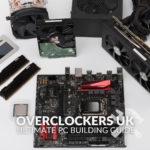
Building your own gaming PC can be a daunting task. That’s why we’ve put together the Overclockers UK Ultimate PC Building Guide.
All Your RTX 40 Series Questions Answered!
In the meantime, whilst you eagerly await the arrival of your new graphics cards, be sure to check out our in-depth range of RTX 40 Series articles, to ensure you have all the information you need.
Did you like this article?

